1. Lunchables
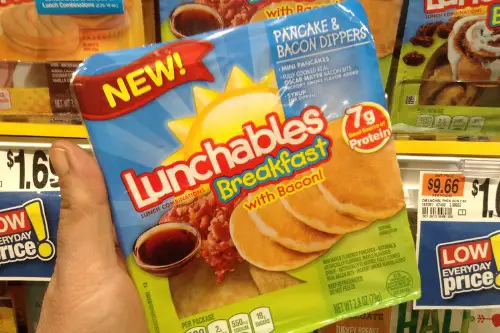
Remember those pre-packaged trays with mini crackers, cheese, and mystery meat? Lunchables were basically a kid’s dream of assembling their own tiny sandwiches. Americans adored the convenience and the little toy-like thrill of picking and choosing their combos. The rest of the world, though, looked at these processed mini-meals with genuine confusion, often questioning if they were really food.
The reason Lunchables made the cut is obvious: nostalgia. They perfectly captured the 90s obsession with pre-packaged convenience and the idea that a kid could “cook” without touching a stove. Yet, outside the U.S., the processed meat and unnaturally uniform slices of cheese were met with horror. People just couldn’t understand why anyone would willingly eat individually wrapped slices of processed mystery meat.
2. Pop-Tarts
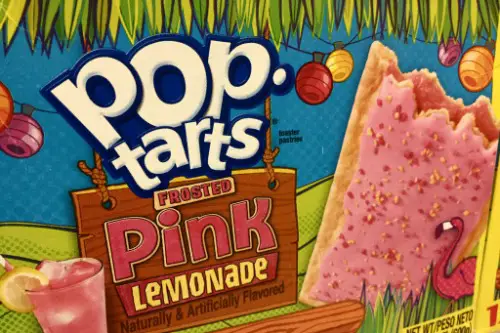
Pop-Tarts were a breakfast legend in America, popping straight into a toaster or eaten cold on the go. Kids loved them for the sugary frosting and flavors that ranged from strawberry to s’mores. Americans considered them an essential breakfast treat, even if nutritionists raised eyebrows. Across the pond, people often reacted with shock at the idea of eating candy for breakfast.
Part of the Pop-Tart appeal is sheer nostalgia. They were portable, sweet, and fun—perfect for the kid who didn’t want to deal with cereal. International taste testers tend to find the icing overly sweet and the texture strangely artificial. For Americans, it’s comfort food; for many others, it’s just questionable pastry.
3. American Cheese Singles
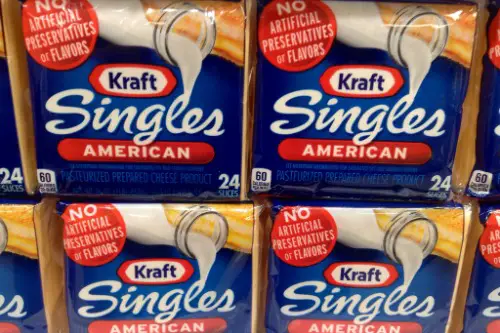
There’s something about those individually wrapped orange squares that screams childhood lunches. Melt them on a burger or slap them on a slice of bread, and Americans were in cheesy heaven. Abroad, “processed cheese” often gets a bad reputation, and people can’t wrap their heads around the texture or color. It’s more than cheese—it’s nostalgia wrapped in plastic.
These slices made sandwiches meltable in ways that real cheese often didn’t, and they were consistent in flavor. The convenience factor sealed their popularity in the U.S., making them a lunchbox staple. International critics often call them “plastic cheese,” unable to understand the mild, gooey American fondness. Yet for generations, they were simply the ultimate comfort food.
4. Gushers
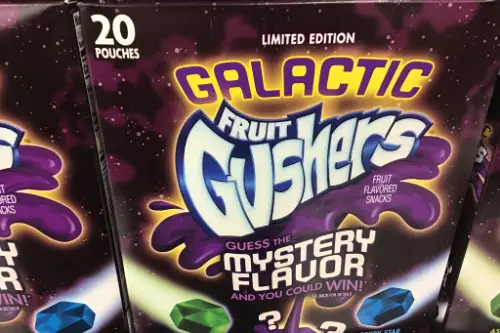
These fruity, jelly-filled snacks were basically tiny explosions of sugar and fun. Kids loved the gooey center and the playful experience of biting into them. Americans saw them as a colorful, exciting treat, almost like candy masquerading as fruit. But many outside the U.S. found the texture strange and overly artificial, with the concept of liquid-filled candy downright weird.
Gushers stand out because they combined flavors, textures, and a hint of messiness that appealed to adventurous kids. Parents appreciated the pre-packaged portion control, though probably not the sugar content. International snack lovers often recoil at the overly bright colors and syrupy fillings. Still, Americans grew up seeing them as a small, sticky adventure in every pack.
5. Twinkies
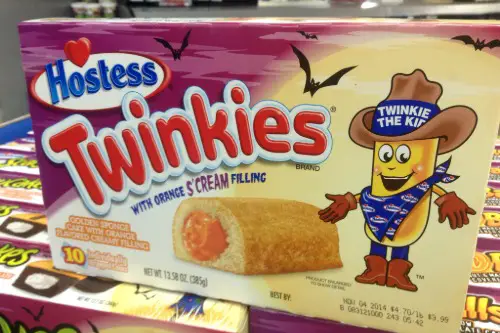
Twinkies are perhaps the most iconic American snack—soft sponge cake, creamy filling, and almost mythical shelf life. They were a lunchbox favorite and a go-to party treat. The world, however, looked at their artificial perfection and endless preservatives with confusion. People outside the U.S. often question the nutritional sanity of a snack that can apparently last forever.
The charm is in their simplicity and nostalgia. Twinkies evoke birthday parties, school events, and comfort food cravings. While the global palette often favors fresh pastries, Americans embraced the sweet, soft, and creamy combo. Twinkies became less about flavor and more about memory, which explains the enduring love.
6. Kool-Aid Bursts
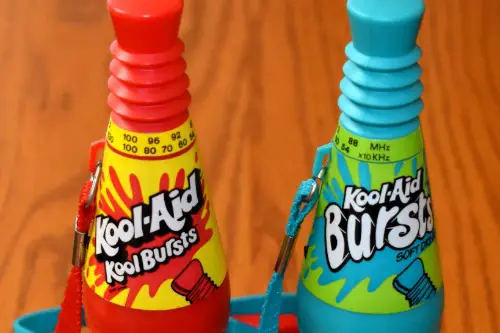
Kool-Aid Bursts were the frozen juice snacks that defined summer afternoons. Americans loved the icy, sugary slush in fun shapes and bold colors. For international audiences, the overly sweet, neon-colored cubes were often off-putting. The concept of a “sugar bomb in a pouch” isn’t exactly universal.
They’re quintessentially American because of the brand nostalgia. The flavor variety was thrilling, from cherry to tropical punch. Kids saw them as a portable treat that doubled as hydration, if you squinted. Globally, people tend to prefer natural fruit flavors over artificially enhanced ones, which explains the mixed reactions.
7. Flamin’ Hot Cheetos
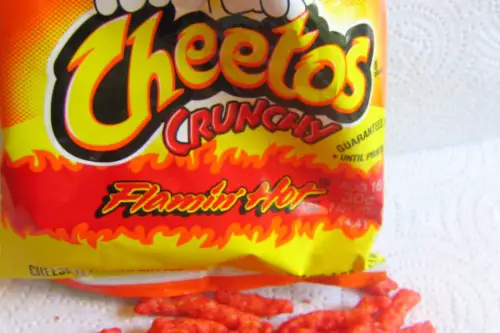
Flamin’ Hot Cheetos are a spicy, crunchy obsession in the U.S., beloved for the fiery orange dust that leaves fingers impossibly red. Americans grew up chasing that perfect balance of heat and crunch. Other countries often balk at the artificial coloring and intense flavor combination. For some, it’s less snack, more culinary challenge they didn’t sign up for.
Part of the appeal is sheer daring—kids loved the burn as much as the taste. They were portable, shareable, and perfect for sneaky snacking. Outside the U.S., snack lovers prefer milder or more “natural” spice profiles. But in America, a little heat became synonymous with fun.
8. Jell-O Pudding Cups
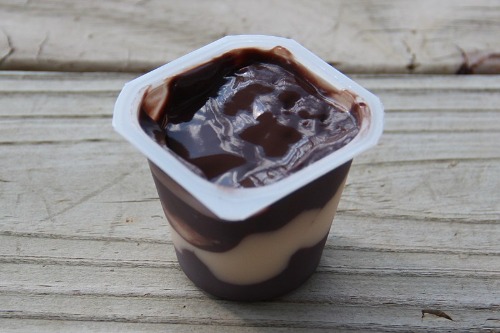
Jell-O pudding cups were little edible adventures in convenience. Kids loved the smooth texture, the chocolaty or vanilla sweetness, and the mess-free snack experience. People abroad often look at these pre-packaged puddings as unnecessary and overly processed. The appeal of convenience seemed trivial when compared to homemade dessert options.
They were more than pudding—they were a ritual of childhood. Pull back the foil top, scoop with a tiny spoon, and savor a creamy, sugary treat. Americans appreciated the portion control, bright flavors, and nostalgic simplicity. Other countries, favoring fresher dessert textures, sometimes struggle to understand the cultural love.
9. Dunkaroos
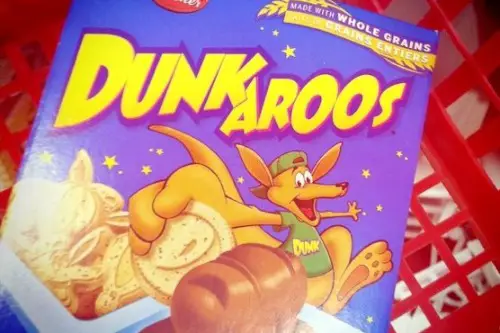
Dunkaroos were the ultimate fun snack: cookies paired with frosting for dipping. The joy was in the playful interactivity, turning a simple snack into a mini game. Outside the U.S., people often find this combination unusual or excessively sweet. The idea of frosting as a dip didn’t translate well globally.
Americans remember them as snack-time magic. Kids loved the crunchy cookie meeting the creamy, sweet frosting. Nostalgia keeps Dunkaroos in the hearts of millennials, despite the sugar controversy. The world, however, often prefers cookies that are already complete on their own.
10. Cheez-It
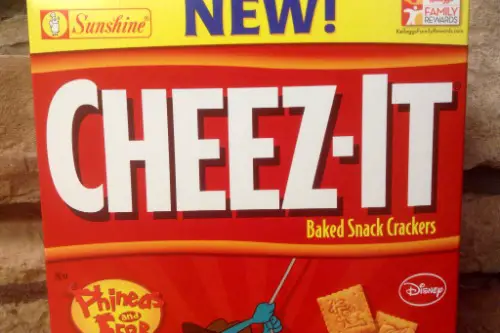
Cheez-Its are crunchy, salty, cheesy squares that defined snack time for generations. Americans loved them for their addictive flavor and portability. People outside the U.S. sometimes find the intensity of the processed cheese taste off-putting. It’s a perfect example of how American taste buds often lean toward bold, salty snacks.
The snack’s brilliance is simplicity and consistency. Every square promised the same punch of cheesy goodness. International snackers often prefer subtler, less processed cheese flavors. Yet Americans grew up with Cheez-Its as a go-to for lunchboxes, road trips, and after-school munching.
11. Rice Krispies Treats
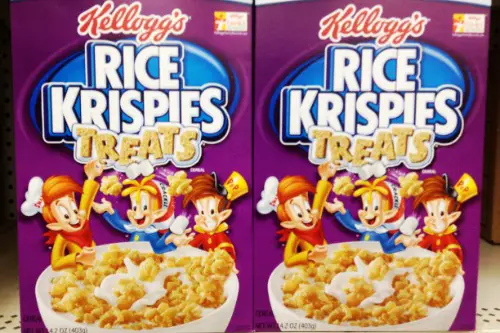
These sticky, marshmallowy bars are childhood nostalgia in edible form. Americans adored them for their chewy texture and sweet simplicity. Outside the U.S., the combination of puffed rice and marshmallow can seem oddly cloying or too sweet. The concept of a cereal-based candy isn’t universally appealing.
Their magic is in texture and memories. Pulling apart a Rice Krispies Treat as a kid was as much fun as eating it. They were easy to make at home, yet the store-bought version was a quick grab-and-go delight. Other countries often stick to chocolate or pastry-based sweets, missing the crispy marshmallow charm.
12. Funyuns
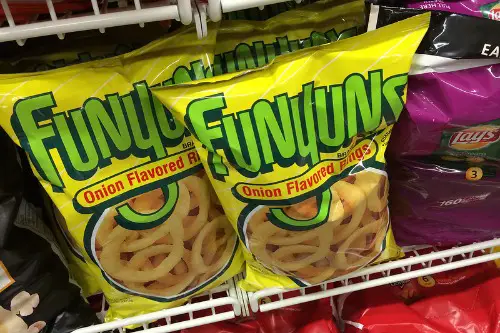
Funyuns are onion-flavored, crunchy rings that taste nothing like real onions. Americans loved them for the unusual savory crunch and weird novelty. People outside the U.S. often find the concept baffling—onion-flavored fried snacks aren’t universally celebrated. The combination of sweet-ish fried dough with savory seasoning can be polarizing.
The appeal lies in the crunchy, airy texture paired with bold flavor. Kids were drawn to their uniqueness, making them a standout snack. Globally, onion is usually eaten fresh or cooked, not puffed and fried. In America, Funyuns became a quirky, iconic treat despite—or because of—the odd flavor profile.
13. Hot Pockets
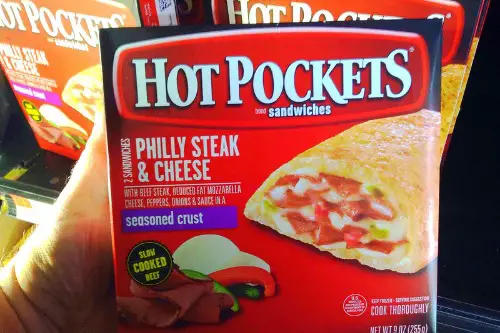
Hot Pockets were the ultimate microwaveable, grab-and-go lunch. Americans loved the gooey fillings wrapped in a crispy, convenient crust. International reactions often included skepticism about microwaving dough or the idea of a pocket full of processed cheese and meat. The practicality made sense in the U.S., but the taste sometimes doesn’t travel.
They’re nostalgic because they represent a particular American convenience culture. Kids and teens appreciated the variety and the fact they could be eaten without utensils. Outside the U.S., people often prefer freshly baked pastries or sandwiches. Yet for Americans, Hot Pockets were the perfect blend of portability and indulgence.
14. Grape Jelly Sandwiches
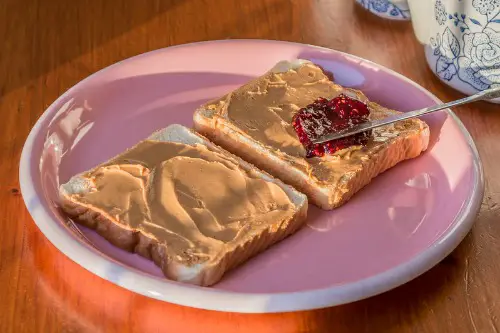
Simple grape jelly sandwiches were a lunchbox staple across the U.S. Kids loved the sticky sweetness paired with soft bread. Internationally, peanut butter—so common in these sandwiches—is either less popular or outright banned in some countries due to allergies. The taste profile can seem unusual, with the combination of salty peanut butter and sweet jelly.
The charm is simplicity and childhood routine. They were easy to make, portable, and sweet enough to be exciting without being candy. The sandwich became symbolic of school lunches, family nostalgia, and comfort food. Other cultures often lean toward fresh fruit or different spreads, making the American obsession seem quirky.
This post 14 Snacks That Americans Grew Up Loving—and the World Hated was first published on American Charm.


